SCS Blog Search
| Title | |
|---|---|

|
Blog: Dissertation Spotlight: The Shape of an Empire: Environments, Economies, and the Nature of the Seleucid Statedmklokow | |

|
Blog: Contingent Faculty Series: A Conversation with Dr. Stephanie Kimmeyskimmey, Theodora Kopestonsky | |

|
Blog: Dissertation Spotlight: Racialized Commodities: Thinking about Trade, Mobility, and Race in the Archaic MediterraneanChristopher Parmenter | |
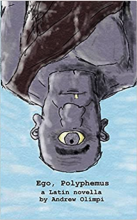
|
Blog: Latin Novellas and the New PedagogyThomas Hendrickson | |
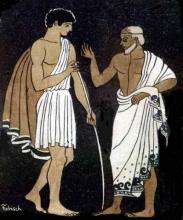
|
Blog: Reflecting on Two Years of the AAACC Mentorship ProgramChristopher Waldo | |
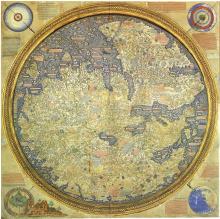
|
Blog: South Asian in Classics: An Intergenerational ConversationEthan Ganesh Warren, Christopher Waldo, Nandini Pandey | |
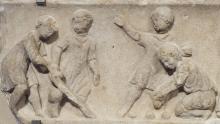
|
Blog: Think of the Children: Reflections on Reception of the Classical Worldfunkem, victoriaaustenperry | |
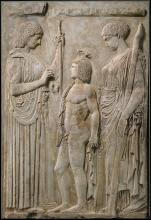
|
Blog: Classics Everywhere: Fostering Interaction and Engagement in School-Aged ChildrenNina Papathanasopoulou | |

|
Blog: An interview with the AAACC, Recipient of the WCC 2020-2021 Professional Equity AwardSuzanne_Lye, Caroline Cheung | |
